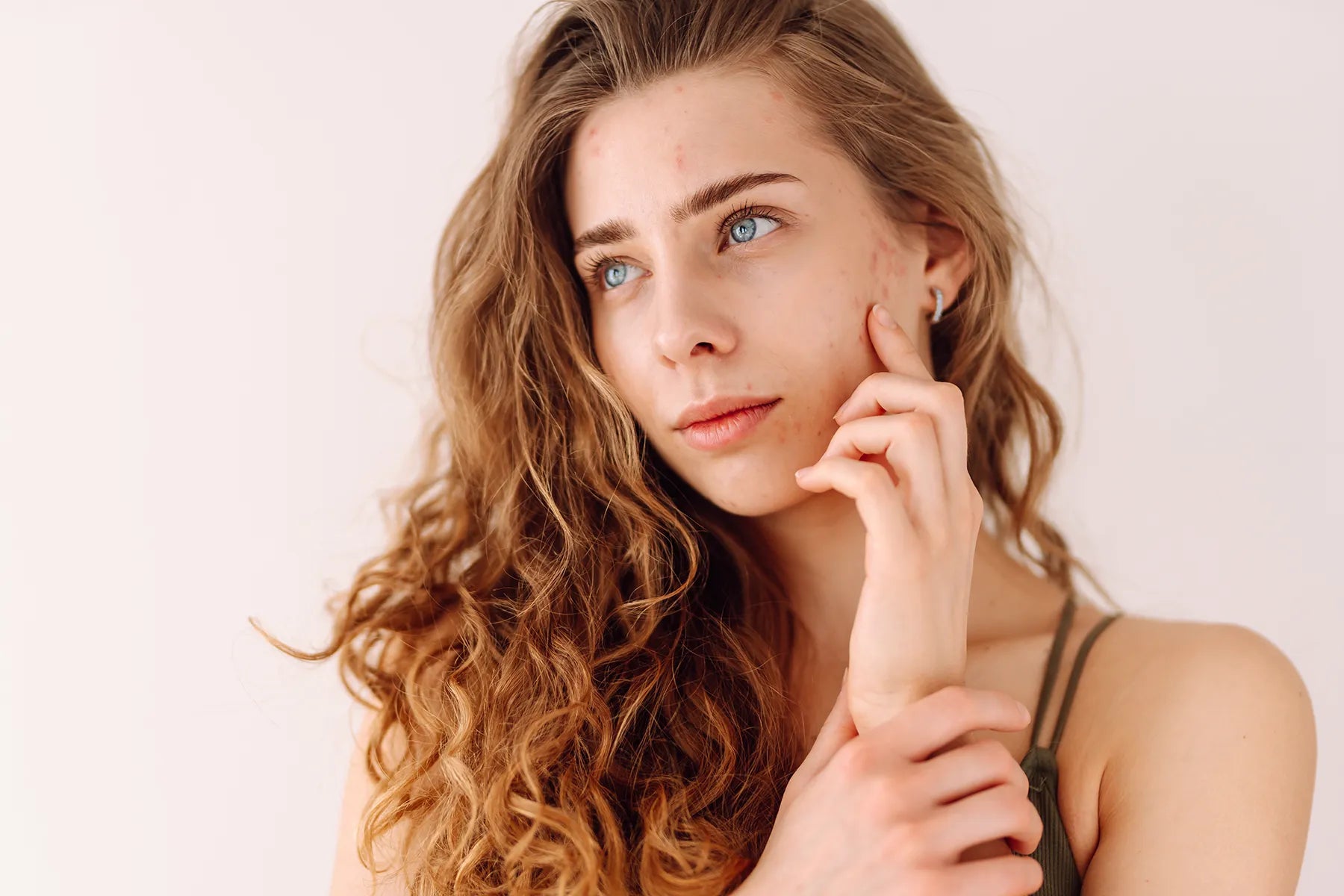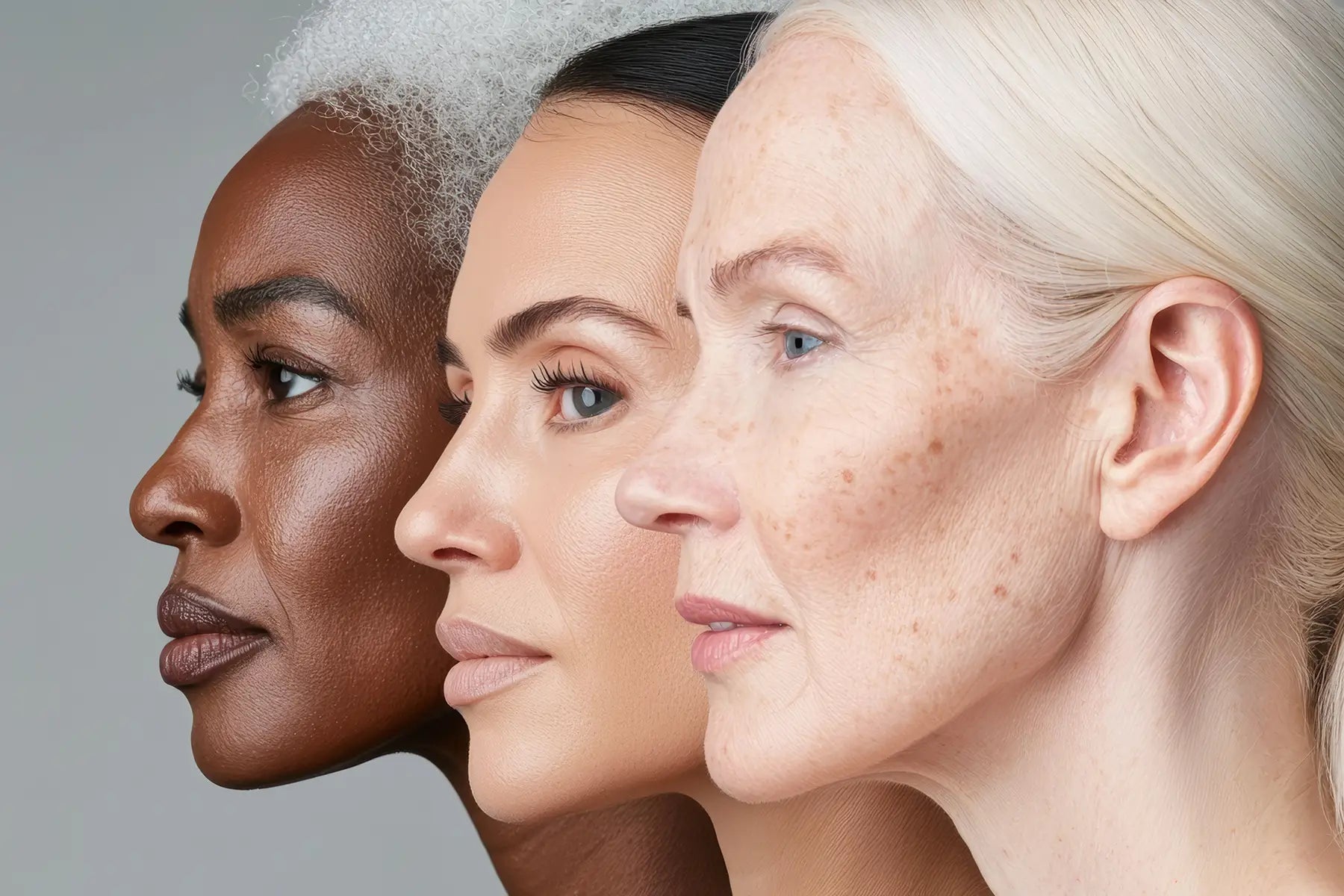Have you ever wondered if those skincare myths you've heard are actually true? Unfortunately there is a lot of misinformation out there.
As we head into Summer it is important to brush up on how best to protect your skin from the sun. So we are going to set the record straight with 6 of the most common misconceptions about sun protection that come up.
Myth #1
A healthy tan is ok as long as you don't get burnt
There is no such thing as a healthy tan! Tanning is your body producing pigment (melanin) to try and deflect uv radiation to protect your cells. If your skin does tan easily you are less likely to get burnt and therefore are not at as high a risk of skin cancer as someone who does. However, this does not mean you cannot get skin cancers. And the more you tan the more you are damaging your cells causing premature ageing.The answer? Use sunscreen (no matter what skin type you have), get skin checks regularly and use fake tan. There are some really good ones around!
Myth #2
I don't need to apply sunscreen if I am not going outside or if it is overcast
Wrong! If you are inside, sitting near a window where you are in direct sunlight you can still get burnt. While you can get UV films for windows most buildings do not have them.The same applies to car windows. It is quite common to see more severe signs of ageing on someone's driving side. While clouds do obscure some uv radiation the reduction is minimal. You can still get burnt and damage your cells, the risk just isn't as high as it would be in full sunlight.
Myth #3
If I don't go out in the sun without sunscreen I will end up with a vitamin D deficiency
While you can become vitamin D deficient if you don't go out in the sun it is unlikely to be the only cause. You only need a few minutes of sun exposure a day for your body to absorb the uv needed to top up your vitamin D levels.So unless you are a complete hermit there is probably another reason! In saying that though, people with very dark skin may need a little more as the pigment (melanin) in their skin may reduce the amount absorbed. Other causes of vitamin D deficiency might be:
Myth #4
I don't need to put sunscreen on in winter
You can still get burnt in winter you are just less likely to due to lower UV levels and less skin exposure. It's always a good idea to check the UV level on the SunSmart app or your weather app, no matter what time of year it is.
Myth #5
Physical sunscreens are better because they are natural
This is not the case. The active ingredients in physical sunscreens are zinc oxide and/or titanium dioxide. These are naturally occurring chemicals. This does not make them better than the synthetic ones used in chemical sunscreens.Chemical sunscreens produced in Australia are just as safe as physical ones. We have one of the strictest regulatory bodies in the world and so you can rest assured that whichever sunscreen you purchase has gone through stringent testing procedures to ensure it is safe and does provide adequate and accurate protection.They each have their own advantages/disadvantages - physical sunscreens tend to be tolerated better by those with sensitive skin however as the actives in these are pigmented minerals it can be challenging to find a good quality one that isn't sticky, leaves a white cast or isn't a little exxy!Chemical sunscreens are usually cheaper and easier to come across as there are many different chemical actives available to formulate with. Chemical sunscreens can irritate more sensitive skin, make your eyes water and depending on the formulation, can exacerbate skin conditions such as acne, rosacea or dermatitis. They do provide better UVA protection though.Picking a sunscreen will ultimately come down to preference, sensitivity and budget. We would strongly recommend that whichever you choose, you go with an SPF50 or at the very least SPF30. SPF 15 does not provide enough protection and is not worth considering sun protection if you want to avoid skin cancer or photo-ageing.
Myth #6
If I wear sunscreen, I will never tan
Firstly, there is no such thing as a healthy tan! However, if you wear sunscreen every day, reapply often and diligently but still end up with a little bit of a tan in summer then one of two things is happening - either you have a fitzpatrick skin type of 3 or above, or you are not using the correct sunscreen!Secondly, sunscreen does expire so always check the date. The SPF will start the fail faster if you leave it in the sun or a hot area as this breaks down the actives needed to protect you from UV radiation. And just a reminder that you do need to reapply sunscreen.Each sunscreen is different so check the bottle of yours for specific instructions however as a general rule of thumb sunscreen should be applied at least 15min before sun exposure and again every 2 hours or after exercising or swimming.No sunscreen provides 100% UV protection so if your skin does have the propensity to tan more than burn it is likely you will still end up with a little bit of colour even if you are doing all of this and that is ok as long as you are following these steps!
Maybe you already knew all of these in which case good job! But, hopefully this has helped you better prepare for summer.
And just a reminder that sun damage is not always immediately visible. It can take years for sun damage (ie. sun spots) to appear.
Sun exposure doesn't just increase your risk of skin cancer but it also causes photo-ageing, which is responsible for a whopping 80% of premature ageing! Sunscreen is the absolute best anti-ageing product you can have in your arsenal.







